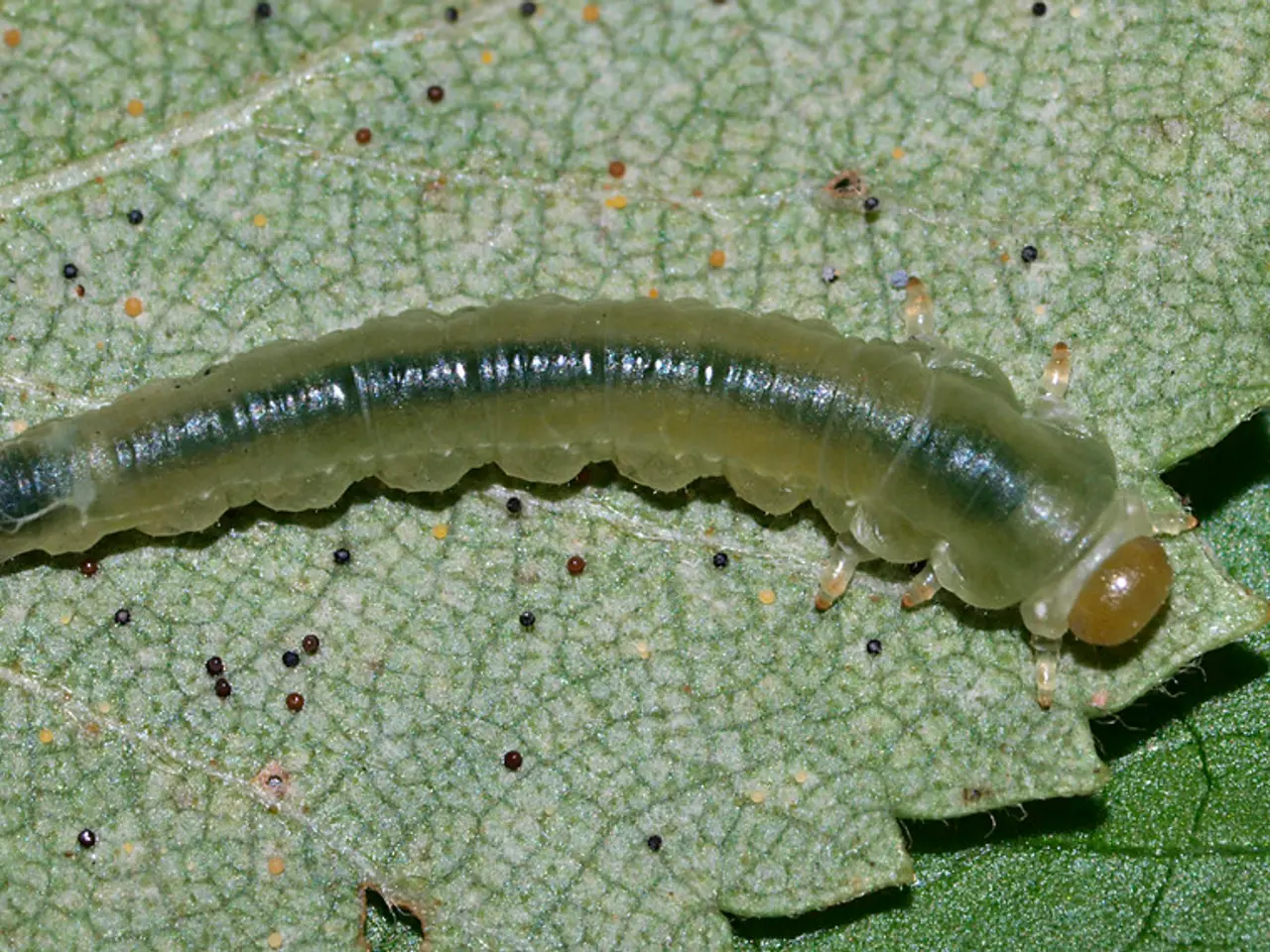Discovering and Utilizing Blue Vervain: Guidelines and Applications
Blue Vervain, scientifically known as Verbena hastata, is a perennial herbaceous plant native to North America. This fascinating plant, known by common names such as American Vervain, Simpler's Joy, Enchanter's Plant, and Swamp Verbena, has a unique appearance and a variety of uses.
Standing tall at up to 6 feet, Blue Vervain boasts stems that are red or green, square, and covered in fine white hairs. The plant's most distinctive feature is the pencil-shaped spikes protruding from the stems, which are tightly packed with small, five-lobed, bluish-purple flowers. Each flower is replaced with four reddish-brown nutlets about 2mm long and oblongoid in shape.
Blue Vervain leaves are green, oppositely arranged, spear-shaped, and toothed, about 6 inches long and 1 inch wide. They can be eaten raw or cooked, with the leaves and seeds being commonly used. The roots are edible but are bitter, tough, and fibrous. The seeds can be roasted and ground into a meal or flour after soaking in multiple changes of water.
This plant has a bitter taste and is primarily used for medicinal purposes. Modern herbalists use Blue Vervain to treat anxiety, insomnia, depression, balance hormones, increase milk production, relieve pain, stress, and inflammation. However, it's essential to note that Blue Vervain may stimulate the uterus and isn't recommended during pregnancy. It may also interfere with blood pressure medication and hormone therapy.
Blue Vervain grows in wet meadows, stream banks, and moist prairies, with the main settlement areas being in North America. While it can grow and thrive in polluted areas, it's crucial to find clean and unpolluted areas for consumption to ensure safety.
Studies have found that Blue Vervain may help relieve diarrhea, have potent anti-ulcer activity, possess analgesic, anti-inflammatory, and antipyretic activities, and possess significant antiplasmodial activity supporting its use in the treatment of Malaria.
It's important to differentiate Blue Vervain from other similar-looking plants, such as Purple Loosestrife and Hoary Vervain. Purple Loosestrife leaves have smooth edges and are sessile, while Purple Loosestrife flowers typically have six petals and are reddish-purple. Hoary Vervain leaves are broader, generally oval to egg-shaped, and only 2 to 3 inches long, while Hoary Vervain leaves are sessile and Hoary Vervain typically grows in dry habitats and doesn't form colonies.
Blue Vervain reproduces by seed or by underground rhizomes forming small colonies. While it offers numerous benefits, it's crucial to consume it in moderation. In extremely large quantities, Blue Vervain may cause vomiting and diarrhea.
In conclusion, Blue Vervain is a versatile plant with both culinary and medicinal uses. Its unique appearance, coupled with its potential health benefits, makes it a fascinating addition to any garden or herbal remedy collection. However, as with any plant, it's essential to understand its properties and potential interactions with medications before consumption.
Read also:
- Benadryl: Impact on Pregnancy, Breastfeeding, and Beyond
- Company manufacturing Plumpy'Nut is thrilled beyond belief!
- Enhancements to Networking in Senior Care, Fedding Positive Experiences for Service Providers and Elderly Residents
- Ileostomy stool caracteristics: What's normal after undergoing an ileostomy?








